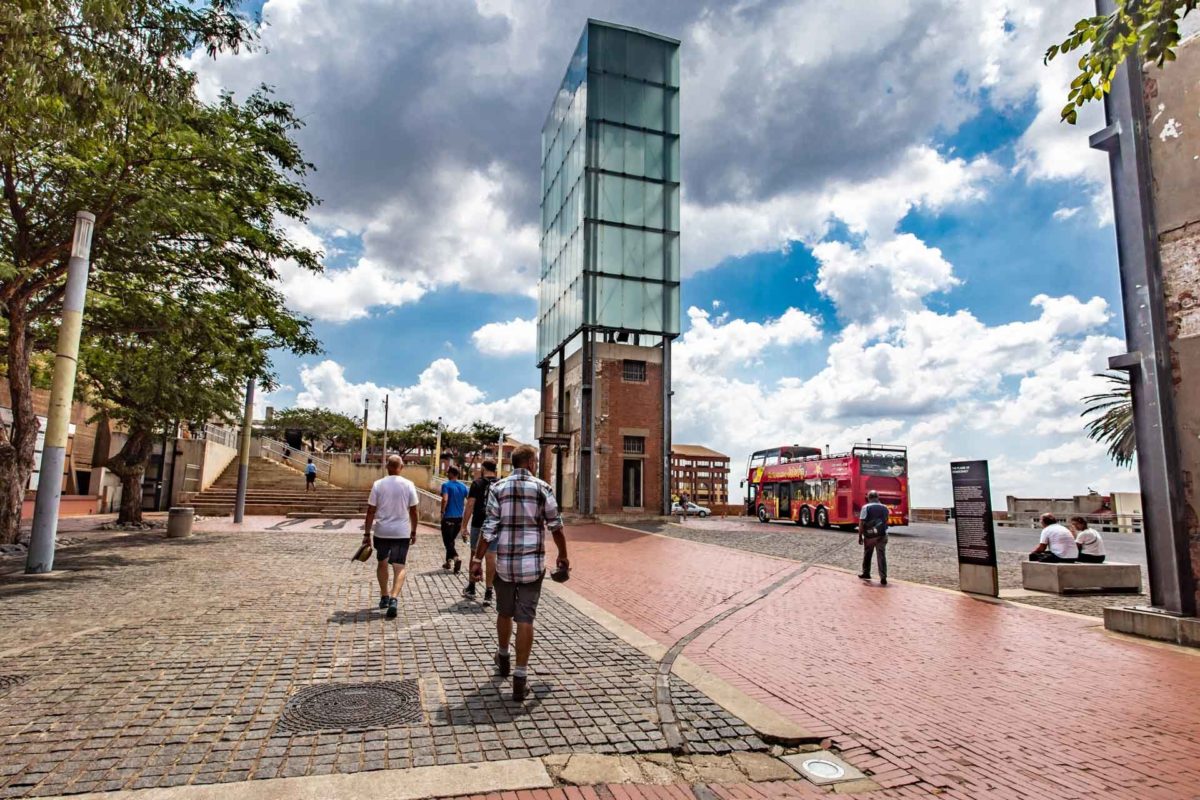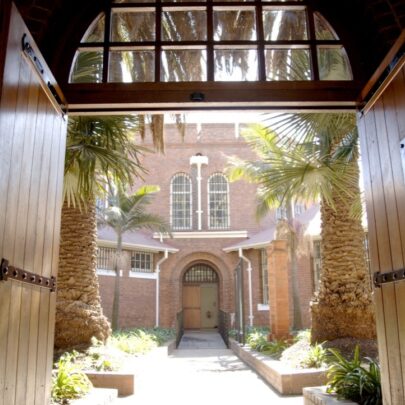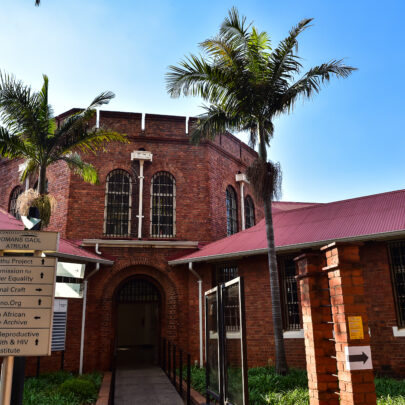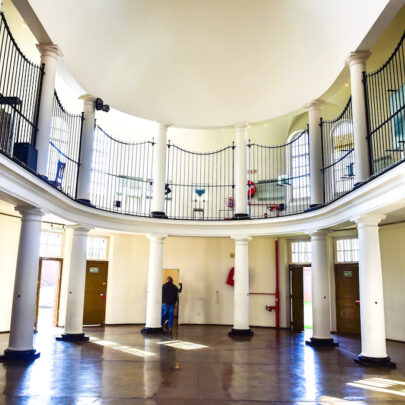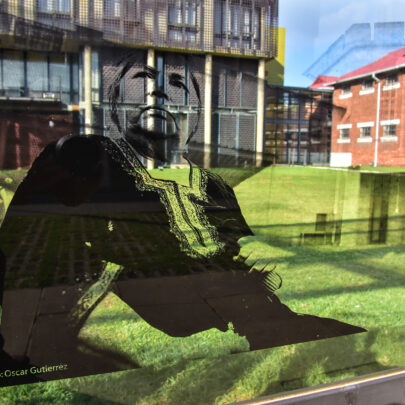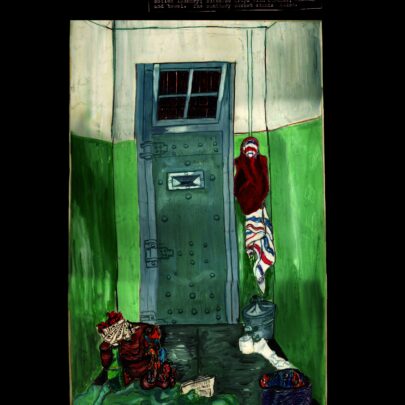Red-bricked walls and well-kempt flowerbeds greet visitors to the Women’s Jail at Constitution Hill. Inside, a central atrium that catches shafts of light through its high windows makes for a setting that is almost peaceful, were it not for the prison bars all around. Of all the buildings in the precinct – even more so than the Old Fort’s deceptive exterior – the architecture of the Women’s Jail belies its internal abuse.
In 1910, eight years after the black men’s prison was established, a women’s jail was built in close proximity to the Old Fort and Number Four. The prison housed both black and white inmates, though separately. Its inmates were common law prisoners – such as the infamous Daisy de Melker who was accused of murdering two husbands and her son, but only convicted of the latter, a conviction that saw her hanged in 1932 – and political prisoners.
Many black women were arrested for brewing beer illegally and for transgressing pass laws, which made them vulnerable to arrest and divided families irrevocably. In 1958, a large number of the 2 000 women arrested for protesting against the pass laws were held at the Women’s Jail. The State of Emergency in 1960 saw another influx of female prisoners, many of whom were arrested with their children, some of whom were still infants.
Women faced multiple indignities at the Women’s Jail. They were not supplied with panties or sanitary pads, for example, until after the 1976 Soweto Uprising when women and teenage girls were held at the jail without trial for what was termed “indefinite preventative detention”. They also bathed in communal outdoor showers beneath water that only ran cold, even in the winter months, and which were visible from Johannesburg’s surrounding office blocks.
Prominent anti-apartheid activists Barbara Hogan, Fatima Meer, Albertina Sisulu and Winnie Madikizela-Mandela were all incarcerated at the Women’s Jail during their political careers. Meer created 20 paintings and drawings in secret during her imprisonment to show the conditions under which she and her fellow inmates lived, many of which can be seen at Constitution Hill today.
Share Article

 +27 11 381 3100
+27 11 381 3100
